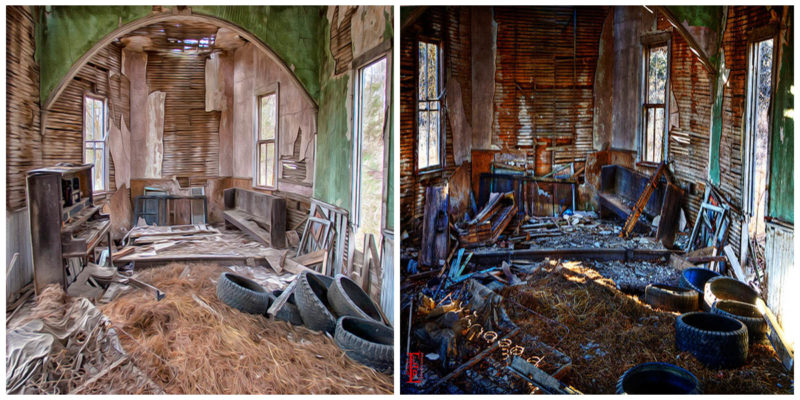It all began with an Indian agent representing the Kanza tribe by the name of Joseph Dunlap. It was he that founded this town in 1869 close to the Missouri, Kansas, & Texas Railway. But the beginning of this little town was slow and sluggish. It was not until 1874 that the town received a post office bearing the name of Hillsborough. But no more than a month later, the name was changed to Dunlap. That same year in August, the first store was opened by a man named Leonard Still.
Now there were a total of three buildings in the town. But from this point on the town just kept growing and 1875 a community was born. Three years later, there came Benjamin “Pap” Singleton. Born in 1809 as a slave in Nashville, Tennessee, Pap fought whole his life to become a free man. His trade was a cabinet maker and throughout his life, he was sold and resold a number times.
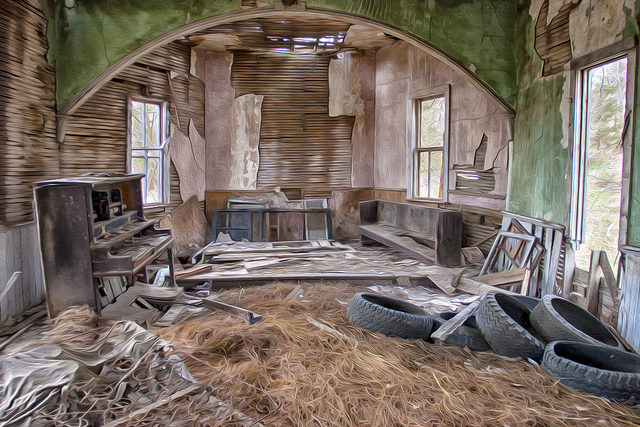
And every single time he came up with a plan how to escape and run from his masters. At one point in his life, he managed to get to Detroit where he was a proud owner of a boarding house. Pap was never selfish or unkind for he always tried to help his fellow men to get to freedom and always welcomed runaway slaves in his boarding house.
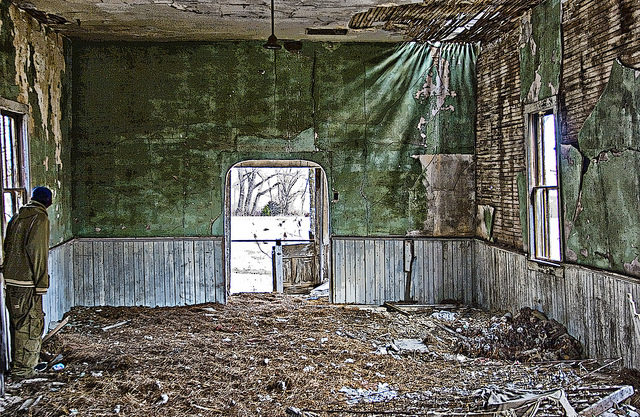
But his mission to free slaves and for them to own their own land never stopped and later during the 1870s, he led a group of African Americans to Kansas. Here he formed Singleton’s Colony. It wasn’t long before others followed. Then in 1878 Pap came to Dunlap. It was here that he decided to relocate a great number of African Americans known at that time as Exodusters. Hundreds of them came seeking a place they could call home.
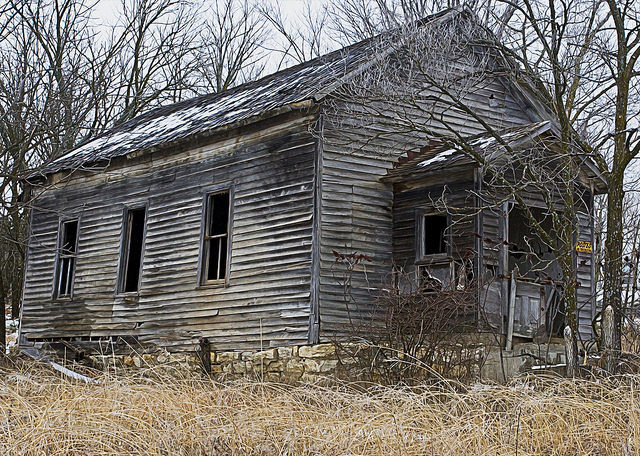
At that point in history, this place was known as the Singleton Dunlap Farm Colony. Given the fact that all of them were slaves at one point in their lives, the Presbyterian Church decided to build the Freedmen’s Academy so that the Exodusters could get a proper education. This was around 1880. Sadly the academy didn’t last long and was closed just a decade later.
Ten years into the 20th century, the town of Dunlap numbered around 333 denizens. Being located on the Neosho River meant that the lands were fertile and that Dunlap was a chief shipping point, especially for much of Morris County, Kansas as well as for Lyon and Chase Counties.
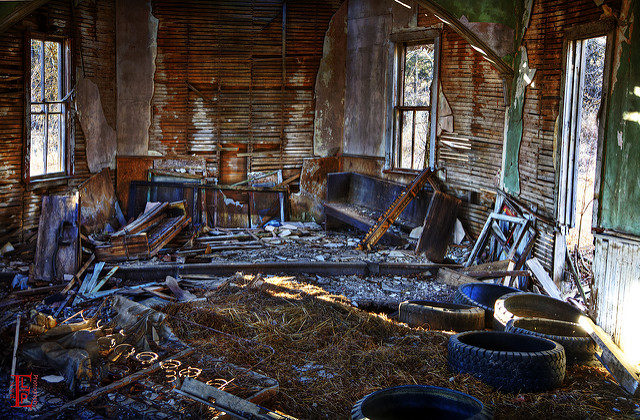
During its best years, Dunlap had a blacksmith, an ice cream lounge, a factory for both cheese and butter, as well as a bank, a hotel, and a flour mill. But at first life in Dunlap for the African Americans wasn’t easy, for many white people were prejudiced against them and gave them hard time. Some store owners did not even allow them into their shops. They were forced to run their own businesses and have a separate cemetery.
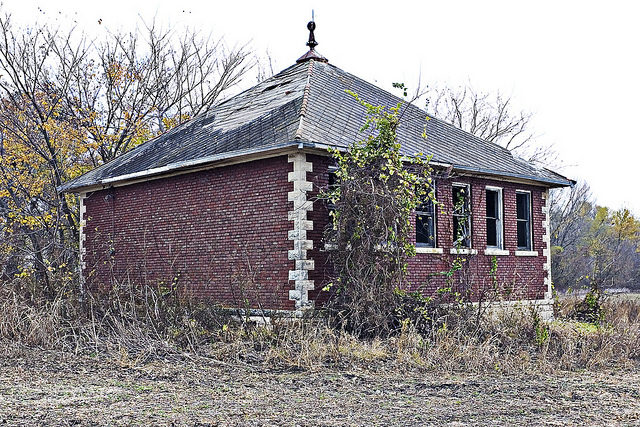
The Exodusters were forced to sit on separate tables and a use different fountains for water drinking. But these racially segregated rules did not last long, and in fact, were reduced long before most of the rest of the country. Around the 1930s, both white and black people in Dunlap lived in a relatively integrated society.
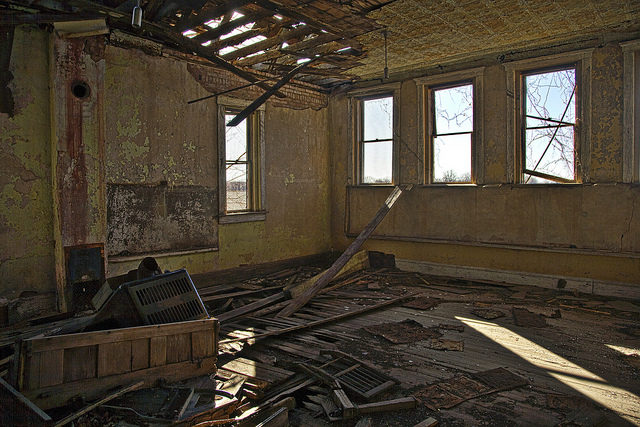
But once the stock prices fell and the stock market crashed, a Great Depression hit America. That is when the population at Dunlap started to dwindle and with time the town bank filed for bankruptcy. In great numbers they came and in great numbers they left. It was April 27, 1993, when Dunlap’s last black resident was buried.
Nowadays, Dunlap is pretty much a ghost town with a range of vacant buildings and houses and home to no more than 30 people.
